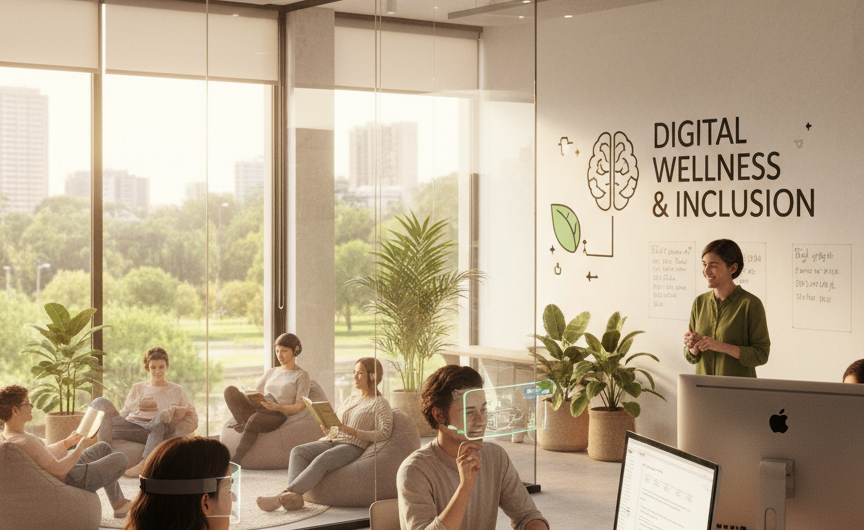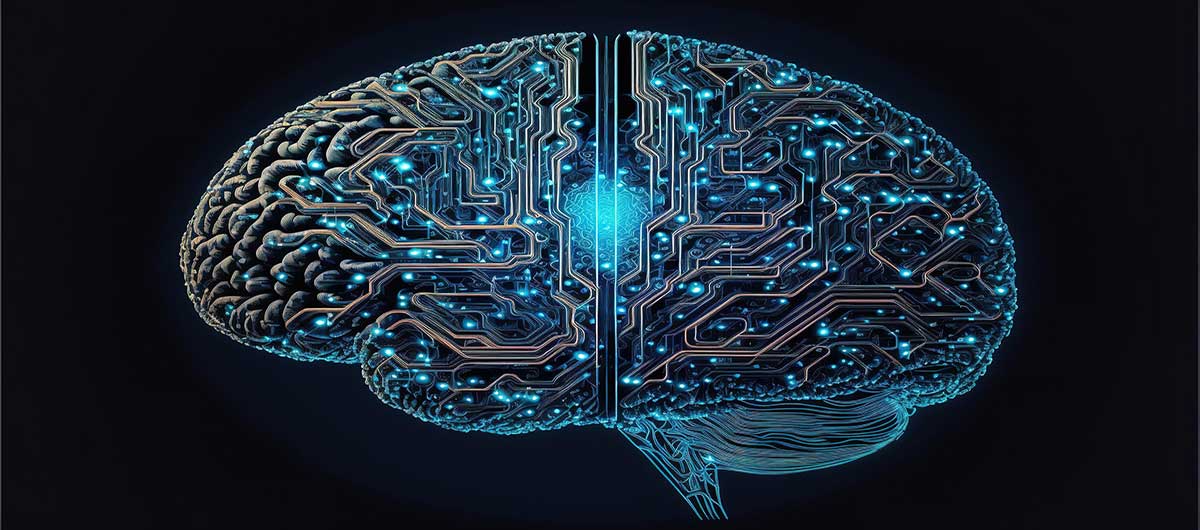Workplace hyperconnectivity is having a significant impact on workers’ mental health. According to a recent report by Calm and Forbes, 30% of employees in tech companies experience digital burnout, a problem that affects both their productivity and overall wellbeing. In response to this challenge, many organizations are adopting innovative strategies to reduce technological stress and create healthier work environments.
Strategies to Combat Digital Fatigue
Companies are rolling out initiatives that promote disconnection and balance between digital and personal life. Below are some of the most effective measures.
Digital Detox Zones
Screen-free zones inside offices are becoming increasingly common. These spaces allow employees to take a break from electronic devices, providing a quiet environment where they can relax and recharge without technological distractions.
Analog Saturday
Analog Saturday is a practice where employees disconnect completely from all devices for 24 hours every weekend. Adopted by many tech company executives, this routine helps reduce stress and improves mental clarity. In turn, it promotes better focus and wellbeing during the workweek.
Transformative Method 2025
The Transformative Method 2025 is a program that encourages conscious technology usage. This comprehensive approach combines digital mindfulness with physical reconnection through outdoor activities, helping reduce dependence on devices and fostering a healthy balance at work.
Digital Wellbeing Apps
Platforms like WellWo are helping employees track and improve their mental health. These apps enable users to monitor their device usage and provide tools to find a better balance between digital life and personal life, contributing to a more balanced work environment.
Neurodiversity: An Advantage for Innovation
The concept of neurodiversity is gaining traction in tech companies. This term refers to differences in how people’s brains work, including conditions like autism, ADHD, and dyslexia. Nowadays, companies are recognizing that neurodivergent individuals can offer unique perspectives that enhance innovation and problem-solving within teams.
Neurodiverse Inclusion in Companies
Organizations that support neurodiverse inclusion are making changes to their hiring processes and work environments. This includes eliminating biases during interviews and adapting workplaces to help integrate individuals with conditions like autism or ADHD. Additionally, many companies are implementing internal training to raise awareness about neurodiversity, which helps foster a more inclusive and collaborative work environment.
Support Technology and Environmental Adjustments
Assistive technology plays a key role in the inclusion of neurodivergent individuals. Digital tools that aid in organization, communication, and emotional management are essential in helping these employees fully develop in their roles. Moreover, many companies are adjusting workspaces to be more accessible, with proper lighting, noise reduction, and flexible schedules.
Success Stories
Large companies like SAP, Microsoft, and Dell have successfully implemented programs for hiring neurodivergent individuals, with very positive results in terms of innovation and creativity. In Spain, organizations such as the Vivofácil Foundation and Serlog are promoting inclusive models that are already being adopted by both startups and large corporations.
The Impact of These Initiatives
Both digital detox and neurodiverse inclusion are proving to be more than just passing trends: they are profound transformations in corporate culture. Companies that adopt these strategies not only improve the wellbeing and mental health of their employees but also enhance productivity and talent retention. The key lies in creating more human, resilient, and competitive work environments where digital wellbeing and cognitive diversity are essential to long-term success.






